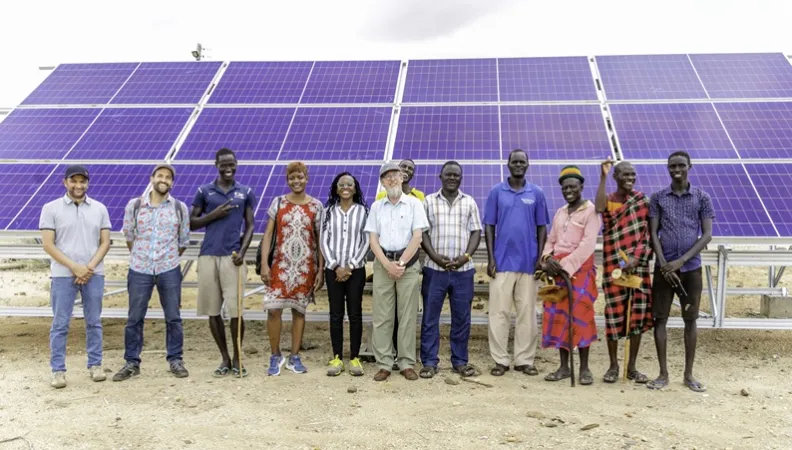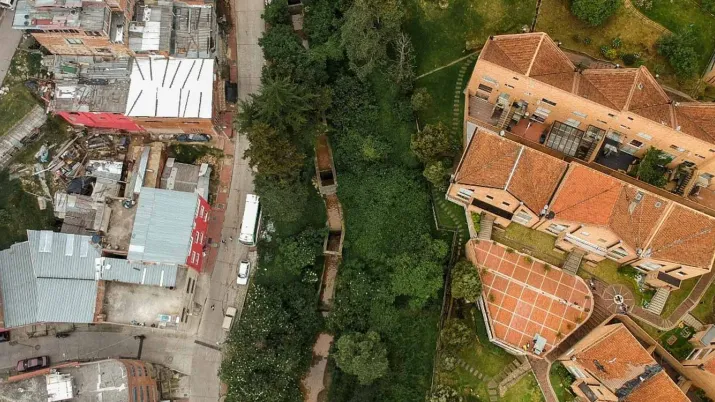Share the page
The Sustainable Development Goals are 10 years old: what global framework will take their place after 2030?
Published on

Adopted in 2015 by the United Nations, the 17 Sustainable Development Goals and their 169 targets – or sub-goals – aim to address the world's most critical challenges by 2030: poverty, inequality, climate change, biodiversity, water, energy, peace, education, and so on. These goals will make way for a new global framework, with preparations already underway at COP30 in Belém.
While the United Nations' deadline for achieving the Sustainable Development Goals (SDGs) has not yet been reached, one thing is clear: not all of the objectives will be met. According to a report published by the UN in July, covering 139 documented targets, inadequate progress has been made on 47% of the goals, while 18% have regressed below the 2015 baseline level.
This reality should not overshadow the work already done, with significant progress made on 35% of these targets. However, as 2030 draws closer, it does raise an inevitable question: how can the next global framework for sustainable development be improved and facilitate the achievement of such goals?
The SDGs are 10 years old: our series of articles
"The deadline is approaching, but we're still in an observation phase. However, the next G7, which will be held in an expanded format, a sort of G7+, should address global governance issues, including the political framework for sustainable development," says Thomas Melonio, Chief Economist of Agence Française de Développement (AFD).
Setting new goals
What will remain of the 17 SDGs after 2030? There is no doubt that new targets – there are currently 169 – will be set. "Clearly, new targets will be defined after 2030, as some have been achieved and others need to be revised from a quantitative perspective, so that they inspire action but remain achievable. Maintaining unrealistic targets is never an effective strategy," adds Thomas Melanio. "Moreover, these post-2030 SDGs could be formally incorporated into the Paris Agreement, the Kunming-Montreal Framework, and the Baku-Belém Roadmap, which were all adopted after the current SDGs."
This is possible because, since the Sustainable Development Goals were established in 2015, the global framework has evolved with the adoption of new international treaties: the Paris Climate Agreement (2015), the Kunming-Montreal Global Biodiversity Framework (2022), the Sevilla Commitment on Financing for Development (2025), and so on.
Redefining development finance policy
The concept of official development assistance is set for an overhaul, which could also have an impact on the SDGs. In "Beyond 'dichotomania'. Drawing new worlds for global policies", Rémy Rioux, Thomas Melonio, and Jean-David Naudet propose a clearer distinction between the end goals of development finance, based on two distinct pillars and instruments: "First, a policy based on solidarity and aimed at reducing international inequalities targeting LDCs [Least Developed Countries] and the most vulnerable countries, and, on the other hand, a common financing policy for global issues based on financial efficiency and a contribution in proportion to each party’s responsibilities and capacities."
Nevertheless, while the SDGs will evolve, a total rethink is unlikely. "The recently adopted Sevilla Commitment maintains a certain continuity with the philosophy of the SDGs, with a call to keep working toward these goals and using multilateral tools," says Thomas Melonio. There is a desire to maintain the current consistency between the various UN agendas. I think that the progress achieved by the UN and the SDGs remains valid. The framework works well in this regard."
Majority of countries still committed to the SDGs
With the recent withdrawal of the United States, will governments change their stance towards the new post-2030 framework? According to Thomas Melonio, very few countries are looking to distance themselves from the SDGs.
"Most countries are still committed to fighting climate change and advancing social progress, and remain active members of the multilateral institutions where these issues are debated. It's true that many historically developed countries would like the mutual benefits of cooperation to be more apparent, something that is not incompatible with the SDGs, which assert that each nation has primary responsibility for its own development. In this regard, the SDGs have already marked a clear shift compared to the Millennium Development Goals."
This will help lay the groundwork for the next global framework, which should build on the Sustainable Development Goals as they are currently known, from the next decade onward.



